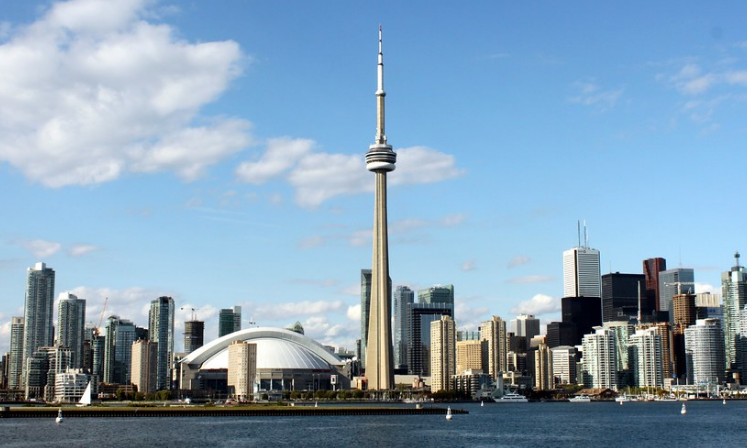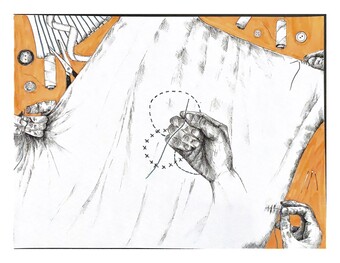If you had asked me four years ago what the Toronto theatre community was like, I’d probably have looked at you blankly. Maybe I would have offered up something about Mirvish, the big commercial theatre company that brings Torontonians the Dear Evan Hansens and the Wickeds of the world, or mentioned the Stratford Festival and the Shaw Festival, even though you have to drive a couple hours outside of the city to get those major institutions.
I was working as an editor at the time, and while I had a casual interest in the arts, not-for-profit theatre was nowhere near my radar. But, after a series of fortuitous events and pretty significant career choices, I became the co-founder and co-editor-in-chief of Intermission, an online Toronto theatre magazine. I jumped into the theatre world with two feet.
I soon came to realize that while the Toronto theatre community is young—it really only began about fifty years ago with the founding of Theatre Passe Muraille—it’s pretty mighty. There are big venued theatres that have large seasons, high production values, and serious clout, like Soulpepper, Canadian Stage, Tarragon, and Crow’s. Then there are the smaller companies with venues, like Factory and Passe Muraille, which also offer full seasons but have a scrappier feel, and Buddies in Bad Times and Native Earth, which hold important places in the landscape: the former for queer theatre, the latter for Indigenous theatre.
The city’s got festivals that showcase new Canadian shows and touring works, like Fringe, Luminato, and SummerWorks. It’s got clown, like Morro and Jasp; musical theatre, like the Musical Stage Company; and theatre for youth, like Young People’s Theatre and Solar Stage. It’s got organizations that support the arts, like Generator (a mentoring, teaching, and innovation incubator for indie artists) and TAPA (which runs the theatre community’s Dora Awards). It’s got a bit of a safe and oversupportive criticism landscape (something I take umbrage with), but a criticism landscape nonetheless—which many other cities don’t have anymore.
Perhaps most interesting of all—to me, at least—are the indie organizations and the artists behind them who work so hard to create something they believe in.
















Comments
The article is just the start of the conversation—we want to know what you think about this subject, too! HowlRound is a space for knowledge-sharing, and we welcome spirited, thoughtful, and on-topic dialogue. Find our full comments policy here